Breaking Down Our Favorite Crunchy Candy One Bite at a Time
In the vast realm of sweet treats, few can rival the satisfying crunch of brittle. This delectable confection is a harmonious blend of sugar, nuts, and magic that has captivated taste buds around the world for centuries. Today, we embark on a crunchy journey to explore the origins, science, and sheer delight of brittle, as well as its immense gift-giving possibilities.
Is Brittle Considered Candy?
Before we dive into different types of brittle candy, it is important to make sure you know the basics about brittles. While it doesn’t resemble a lollipop or jelly bean, brittle is actually considered a type of candy characterized by its crisp and, well, brittle texture. A symphony of sweetness and snap, the basic ingredients of brittle include sugar, water, and nuts. Various other flavorings, such as vanilla, cocoa, or maple syrup, can also be added to brittle to enhance its flavor profile complexity. When combined, these basic components create a magical blend that transforms them into a crunchy masterpiece.

Why is Brittle Crunchy?
Unlike some candies such as taffy or caramel, brittle has a very distinctive crunch. This is because of how it’s made. As stated above, the main ingredient in brittle is sugar. When sugar is heated, it goes through a process called sugar inversion, by which sugar, also known as sucrose, splits into its components, fructose and glucose. This whole process can get very scientific. But essentially, what you need to know is that heat changes the chemical structure of sugar. While this occurs on a microscopic level, our eyes can perceive the effects of this chemical change in the color of the sugar. As sucrose gradually transforms into glucose, it becomes darker in color and beautifully aromatic.
As the sugar is heated, careful monitoring with a candy thermometer is crucial—not only to avoid burning the sugar—but also to gauge when to remove it from the heat. When the sugar reaches a temperature of 300℉ (149℃), this indicates that enough of the chemical process has occurred. Baking soda is then added and reacts with the small amount of acid produced during sugar inversion. The resulting effect is the release of an abundance of minuscule bubbles, which become trapped in the sugar syrup as it is poured out onto a marble surface to rapidly cool. Once fully cooled, the resulting brittle, beautifully golden brown, and full of teeny-tiny air bubbles is… well, brittle. Thus, it answers the question, “Why is brittle crunchy?”
The Origin of Brittle
Mesopotamia & the Middle East Develop Brittle
The origin of brittle is a journey through time, weaving its way through various cultures and civilizations, each contributing to the evolution of this delightful confection. While the exact timeline is challenging to pinpoint, brittle-like sweets have roots that extend back thousands of years, with each region adding its unique twist to the crunchy symphony.
The story of brittle begins in the cradle of civilization, Mesopotamia, where people discovered the wonders of cooking with sugar. In ancient times, the people of this region concocted a sweet treat known as pasteli. Pasteli was made by blending honey and sesame seeds, creating a candy with a sweet, nutty flavor. The process involved cooking the mixture until it reached a hardened state, forming a crunchy treat that bears a striking resemblance to the brittle we know today.
This culinary innovation didn't stay confined to Mesopotamia. As trade routes expanded and civilizations interacted, the concept of sweetened, crunchy confections spread across the Middle East. Persians, Greeks, and Romans all had variations of nut or seed candies that utilized a similar cooking process, laying the groundwork for the evolution of brittle.
Nut Brittle in India
When the making brittle trend hit India, the traditional way of making brittle morphed, changing to fit the the availability of local ingredients. The use of jaggery, a traditional unrefined sugar made from concentrated sugarcane juice, became popular. Jaggery, often combined with peanuts or sesame seeds, led to the creation of a sweet called chikki. This Indian brittle variant has a long history, with evidence of its existence dating back centuries. The process involved cooking jaggery and nuts until it hardened, resulting in a crunchy, sweet snack that remains popular in Indian households.

Almond Brittle in 19th Century Europe
As trade routes expanded and global connections deepened, the concept of brittle found its way to Europe. In the 19th century, British cookbooks started featuring recipes for almond brittle. These early recipes usually involved simmering sugar and water, adding almonds, and cooking until the mixture hardened. The European adaptation marked a shift from the honey and sesame-based sweets of the East to a sugar-centric approach. Almond brittle became a popular treat during holidays and special occasions, setting the stage for the eventual proliferation of brittle variations worldwide.
Peanut Brittle in the United States
In the United States, especially in the southern regions, peanut brittle emerged as a beloved variation. Peanuts, which were indigenous to the Americas, became a staple in Southern cuisine. The combination of roasted peanuts and caramelized sugar with a signature crunch, created a treat that satisfied both sweet and savory cravings. As the 19th century progressed into the 20th, peanut brittle gained popularity across the country. Its simplicity and the abundance of peanuts made it a cost-effective and delicious choice for many households. Peanut brittle's prominence during holidays and celebrations solidified its place in American culinary traditions.
The southern United States, known for its love affair with pecans, introduced another star to the brittle scene: pecan brittle. Pecans, with their rich, buttery flavor, elevated the confection to new heights. The combination of pecans and the amber-hued sugar created a brittle that embodied the warmth and hospitality of the Southern culinary tradition. Pecan brittle became a staple in Southern kitchens, gracing dessert tables at family gatherings, weddings, and celebrations. Its popularity spread, and pecan brittle became a symbol of Southern charm and hospitality.
Speaking of brittle, Collin Street Bakery sells both Peanut Brittle and Pecan Brittle. And, if you can't decide between the two, try our Brittle Bundle—both flavors in one convenient package.
Brittle Making Today
In the modern era, the art of brittle-making has transcended cultural boundaries. Creative bakers and confectioners experiment with different nuts, flavorings, and even spices, pushing the boundaries of tradition. Brittle has become a canvas for culinary expression, with chocolate-covered variations, exotic spice-infused renditions, and imaginative combinations that cater to diverse tastes.
Does Brittle Make a Good Gift?
In the festive symphony of gift-giving, brittle emerges as a sweet crescendo, making it an exceptional present, especially during the holidays. Its appeal lies in more than just its delectable taste—it's a thoughtful and heartwarming gesture that encapsulates the spirit of the season.
Part of what makes brittle an unparalleled gift is its universal appeal. From classic peanut to sophisticated pecan, there's a brittle flavor for every taste. Its versatility ensures that you're not just giving a treat. You're offering a personalized experience tailored to the recipient's preferences. Brittle's ability to transcend age and cultural boundaries makes it a fail-proof choice for spreading joy.
Beyond its taste, brittle boasts a visual allure that enhances the gifting experience. Beautiful to behold, brittle comes in a variety of different shapes and sizes, and its glossy sheen is speckled with nuts, spice, and flavorings. A culinary canvas at the whim of its creators, brittle is a present that turns the act of giving into a delightful multisensory experience.
In essence, gifting brittle during the holidays is an expression of tradition, a celebration of individual tastes, and a visual feast—all wrapped up in a crispy, sweet package. It's a token of joy that transcends generations, making brittle not just a snack, but a sentiment—a small yet significant way to spread warmth and cheer during the most wonderful time of the year.
Brittle is Just Absolutely Beautiful
From ancient civilizations to modern kitchens, brittle's evolution mirrors a symphony of flavors and textures. Its origins, deeply rooted in cultural traditions, have paved the way for a culinary journey that continues to captivate taste buds worldwide. The alchemy of sugar, nuts, and culinary expertise creates not just a sweet treat but a crunchy delight that carries the essence of tradition. As we delve into the science behind its satisfying snap, we gain a deeper appreciation for the craftsmanship that transforms simple ingredients into a harmonious blend. Moreover, the immense gift-giving possibilities of brittle highlight its role as a token of joy and connection. So, as we savor the sheer delight of brittle, let us cherish the sweet notes of history and the scientific dance that unfolds with each crunchy bite.
Crisp and crunchy, with just the right amount of sweetness, Collin Street Bakery’s Brittles are buttery, caramelized goodness. Elevate your snacking game with our premium Pecan Brittle and Peanut Brittle, or browse our top categories to find your perfect dessert!

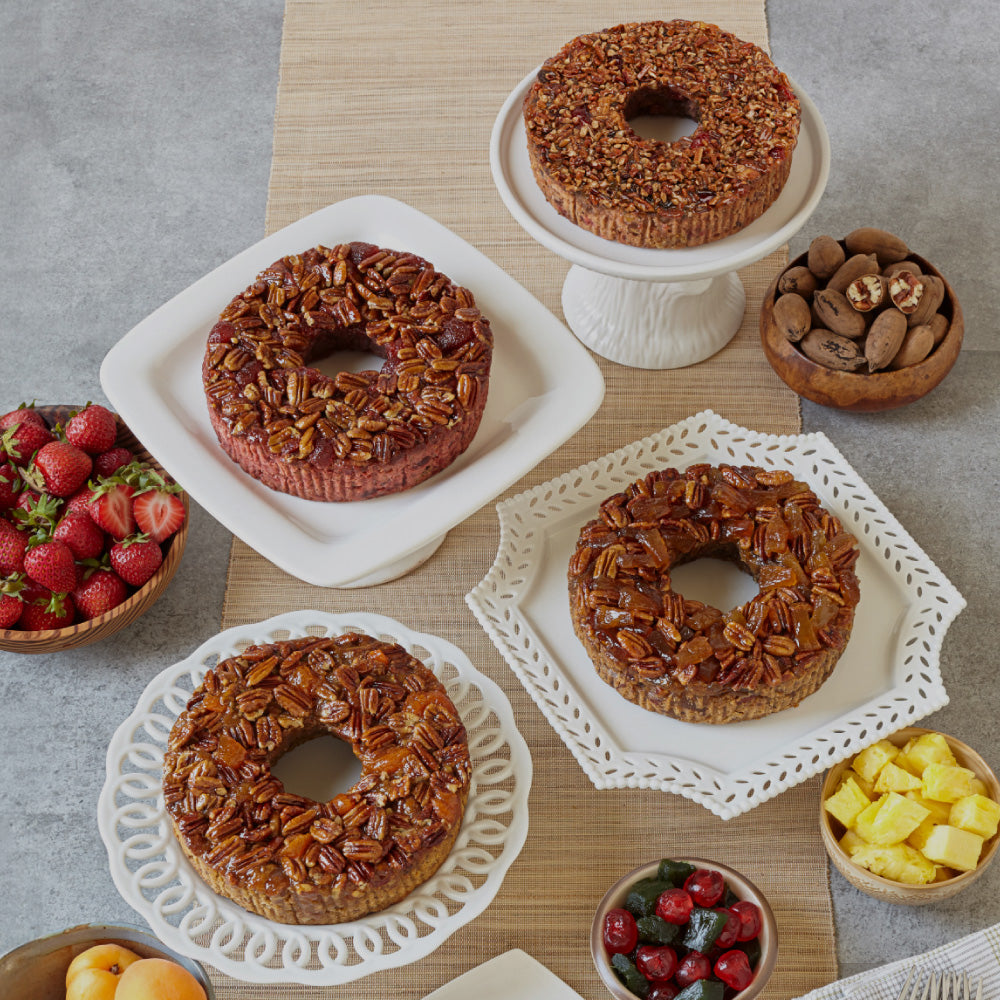
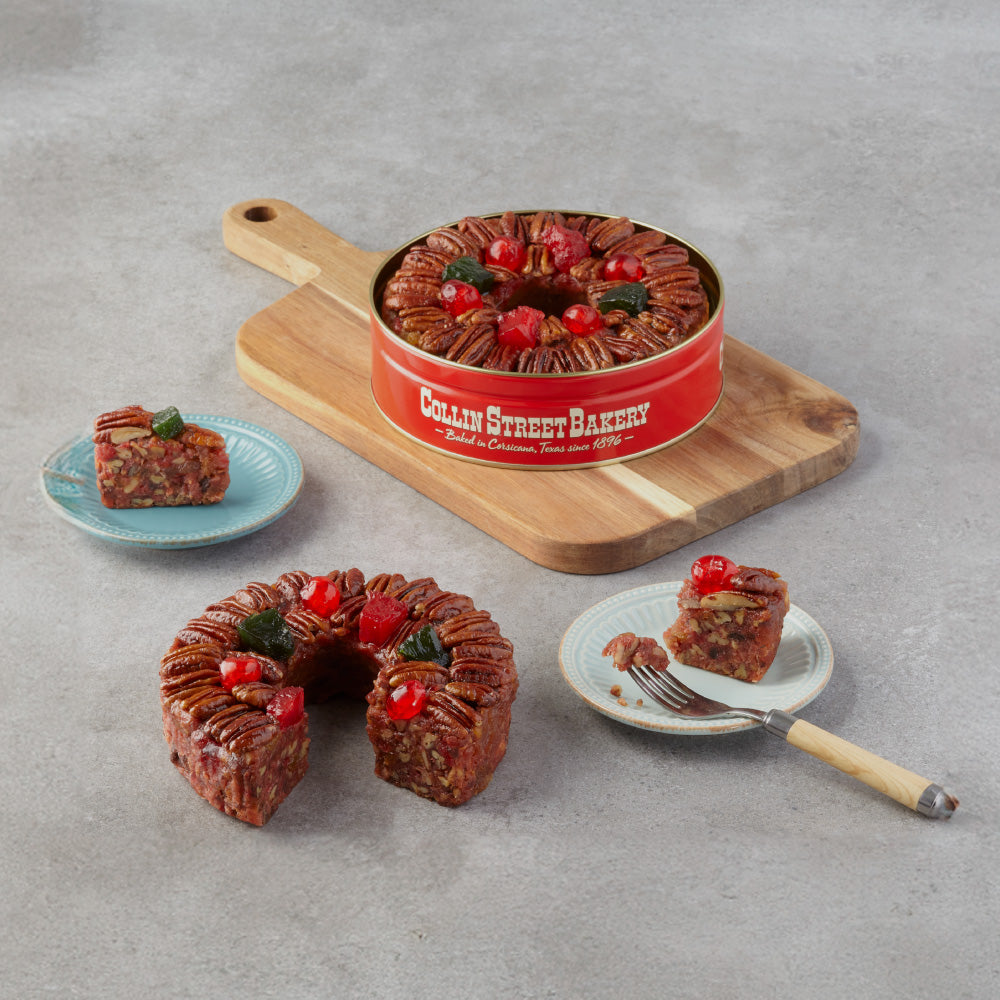
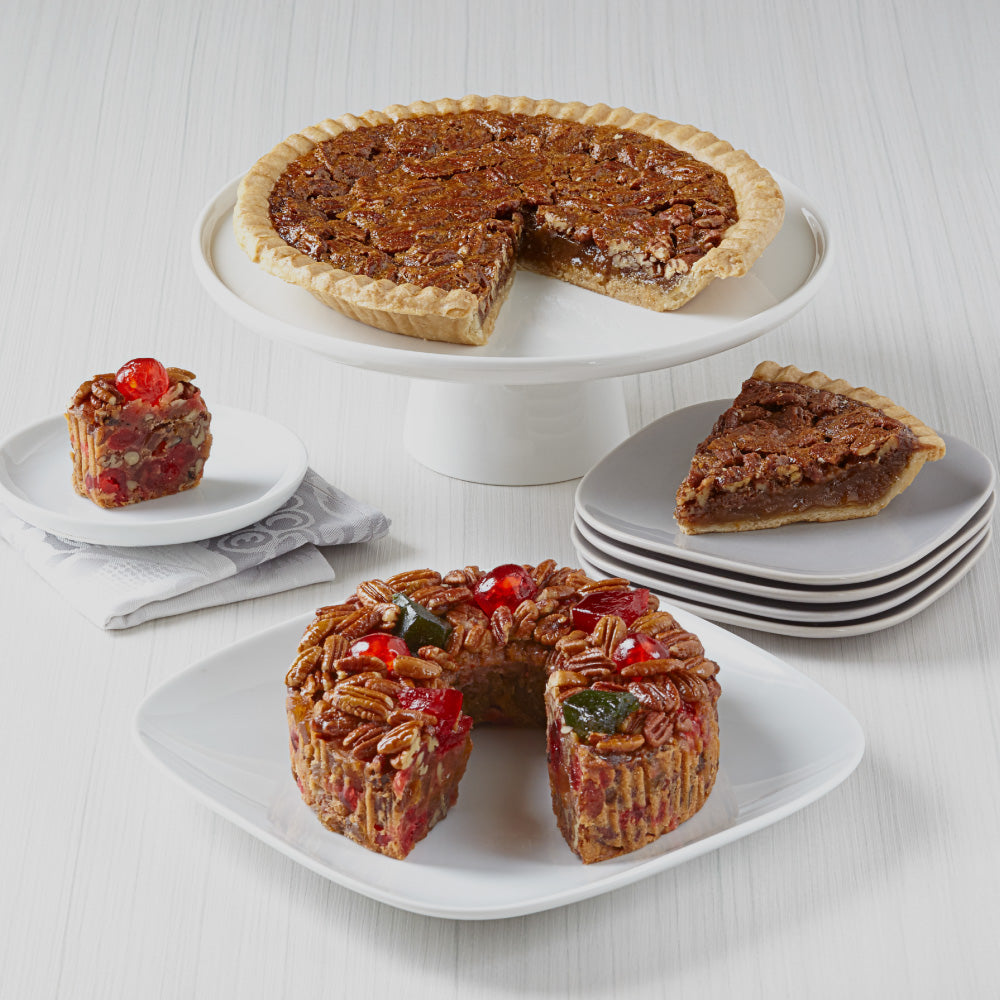
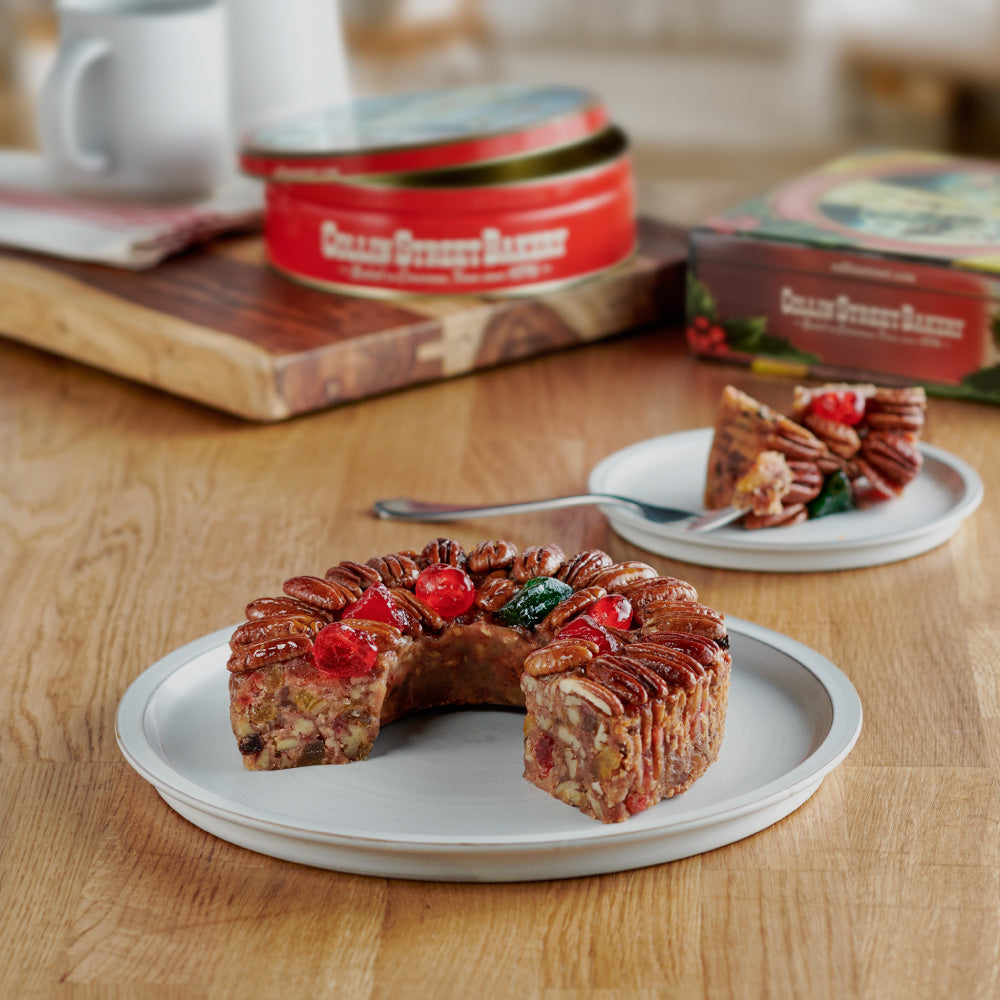

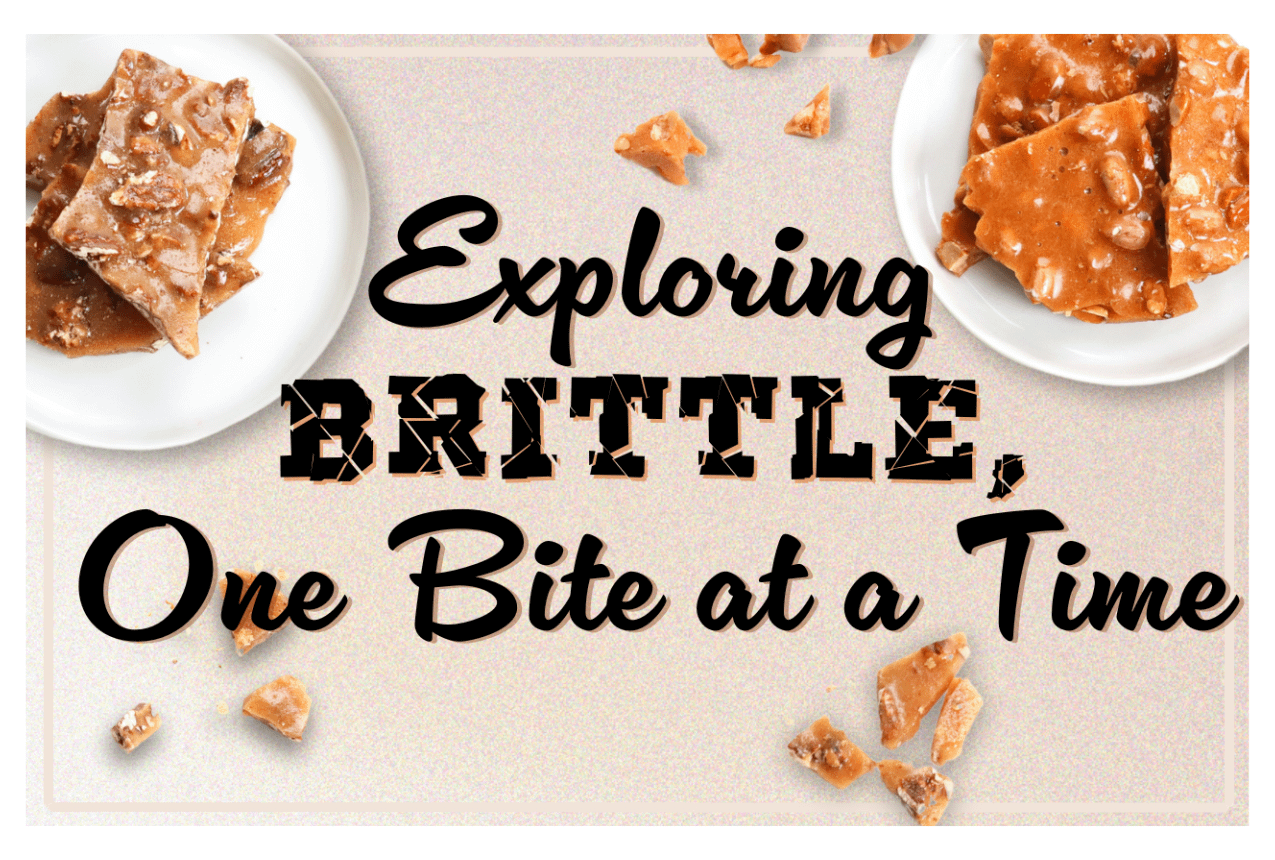
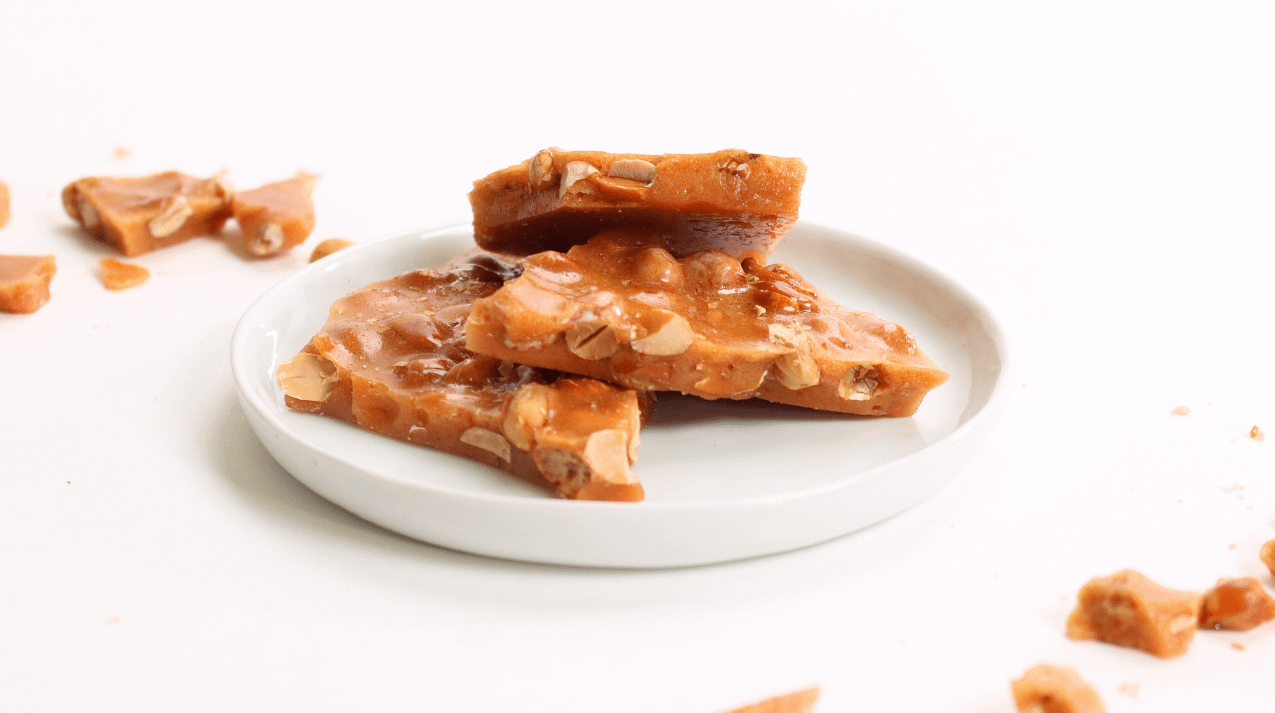
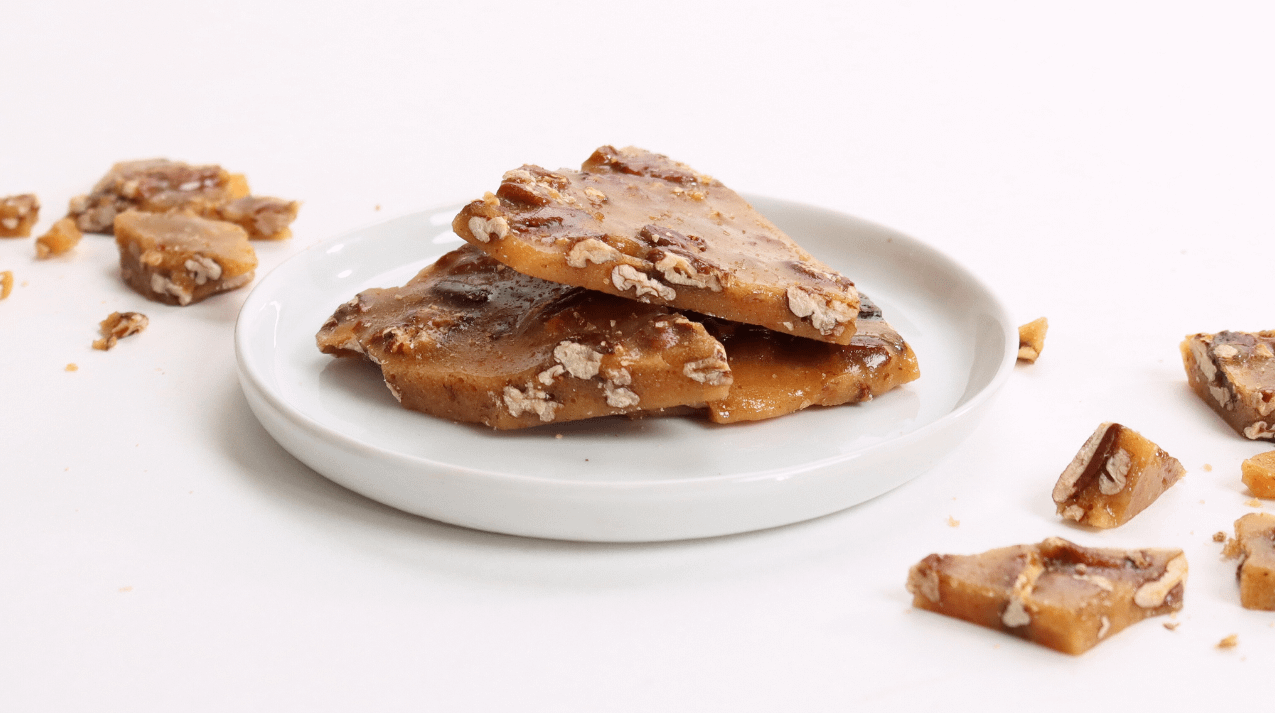
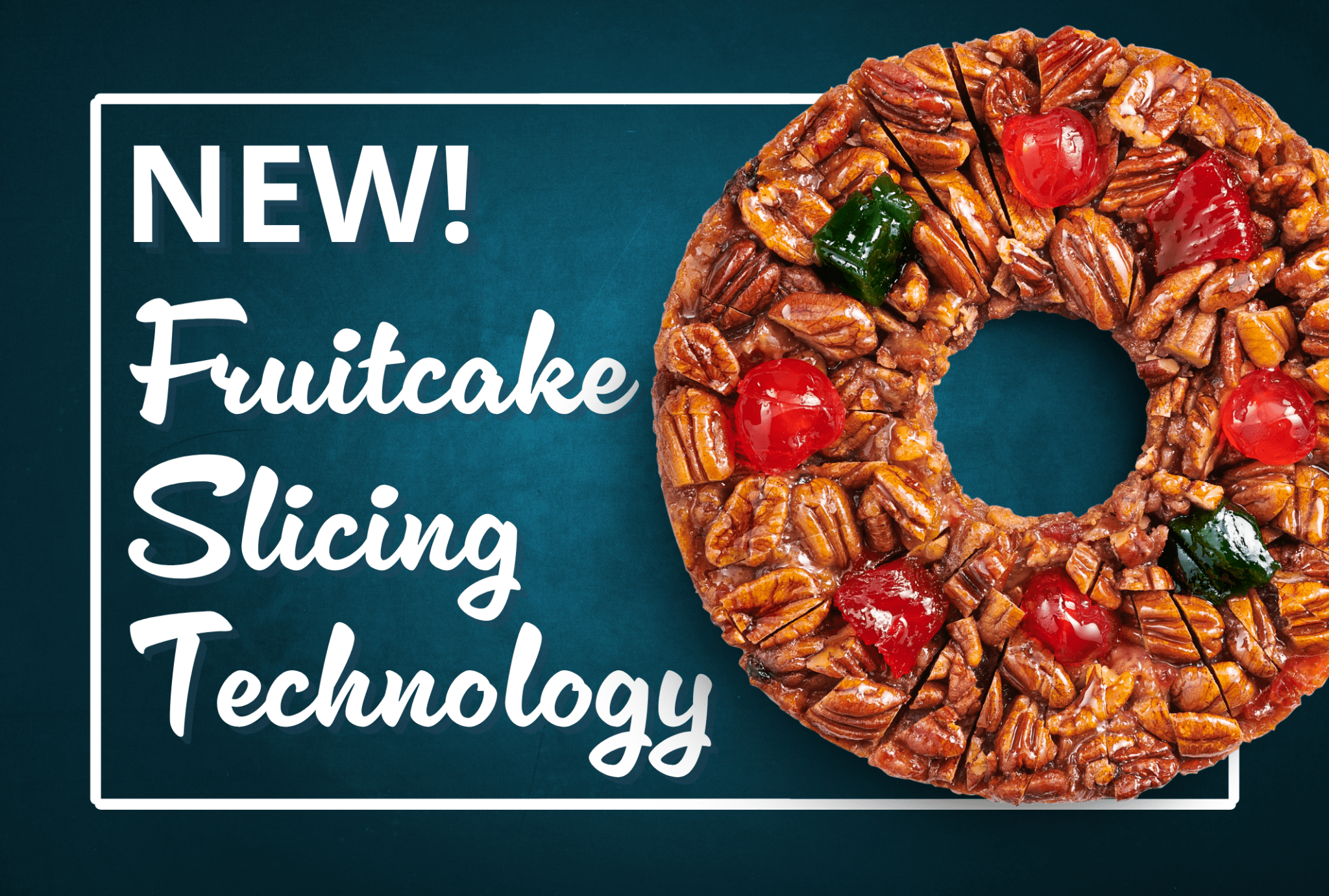
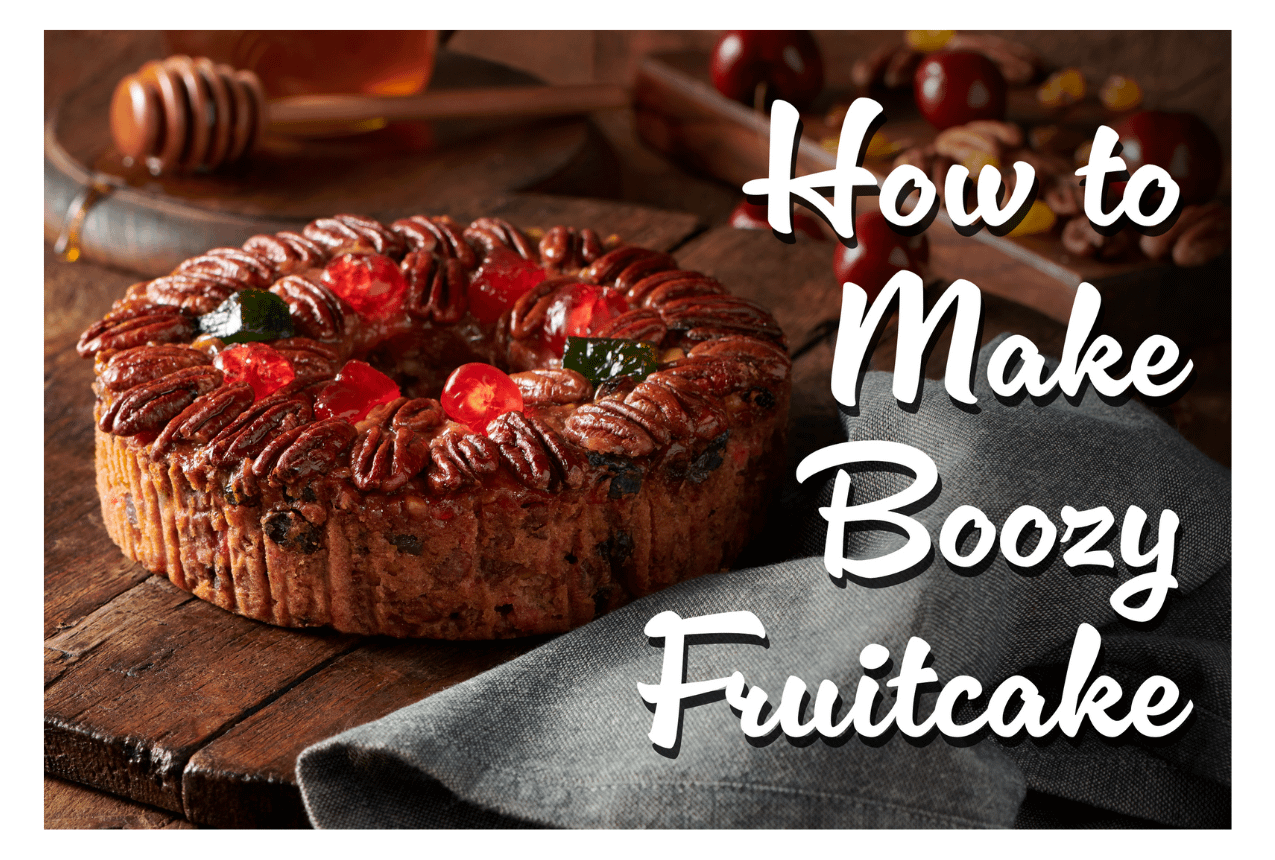
Leave a comment
This site is protected by hCaptcha and the hCaptcha Privacy Policy and Terms of Service apply.